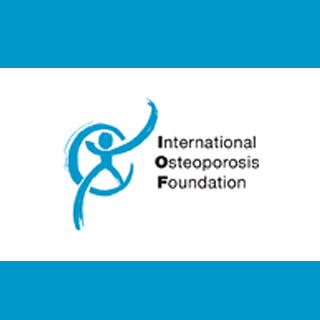
Researchers began with a Vertebral Fracture Initiative that helps understand and teach osteoporotic vertebral fractures. The teaching slides enhanced by multi-language executive summaries can be seamlessly inserted into presentations. Also health professional can learn from the resource documents that include the latest information along with commentaries highlighting the key messages. Currently, over 40 percent of older women with spinal fractures visible on X-ray are supposedly tested for osteoporosis. The figure may be even lower in men.
“We hope this tool will encourage and assist radiologists and clinicians to accurately diagnose and correctly report fractures. Vertebral fractures should be clearly reported as ‘fractured’ in the medical reports to avoid ambiguity caused by other terminology. This will help ensure that patients receive effective treatment and thereby prevent subsequent fractures,†elucidated Professor Harry Genant of the University of California, San Francisco.
Without treatment, majority of these will probably end up suffering a cascade of osteoporotic fractures that can cause long-term physical impairment. Generally, it is presumed that radiographic diagnosis is the most accurate way of identifying and affirming the presence of vertebral fractures. However, the substitute DXA-based Vertebral Fracture Assessment (VFA) appears nearly as accurate as radiographs in recognizing fractured vertebra. It can be seemingly performed together with DXA-BMD to diagnose osteoporosis.
The research findings apparently have profound implications in the medical section.
